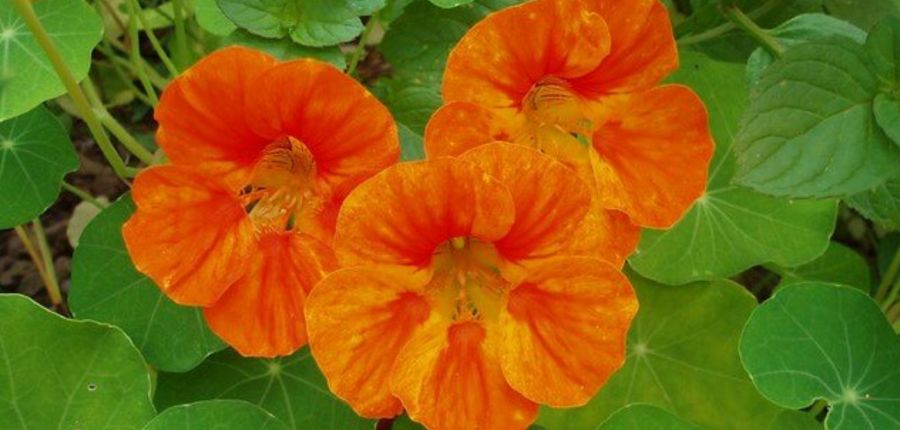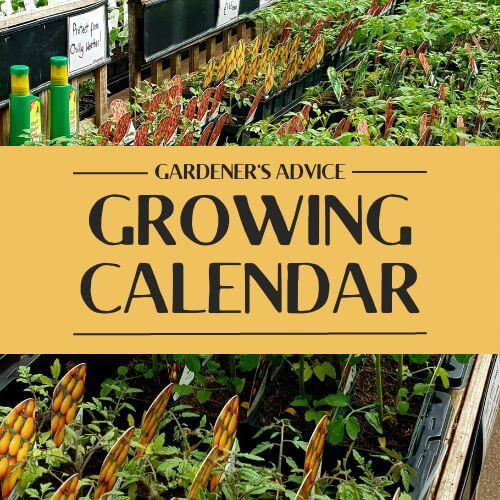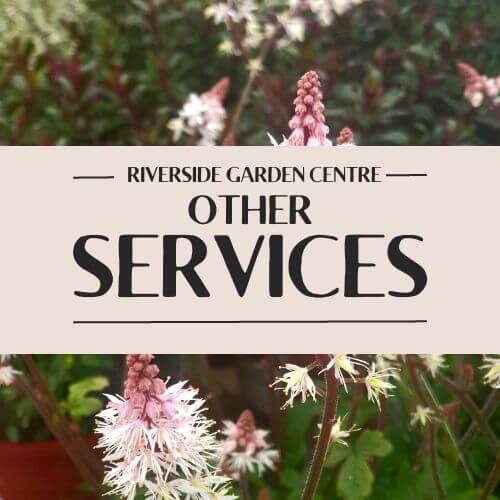Companion planting
Posted By: rocket veg Category: Pests and DiseasesTiny seedlings with distinctive leaves are appearing in various parts of my allotment – nasturtiums which self-seeded from last year. Nasturtiums are annual plants, skilled at scattering their knobbly seeds into the surrounding soil ready to germinate the following year. Once they have grown a bit more, I’ll remove a few of the young nasturtium plants but aim to leave those which are growing close to my climbing beans so that any nearby aphids, blackfly in particular, are attracted to the underside of the nasturtium leaves, rather than debilitating the bean plants.
Nasturtiums and beans are good examples of a whole range of companion plants – ‘companion planting’ being a way of creating a community of plants which support one another in various ways. As well as providing an organic solution to dealing with pests which damage or destroy particular crops, companion planting is also a great way of attracting pollinating insects and thereby encouraging them to visit other plants in the vicinity.
Companion plants to try
To get you started, here is a short guide to plants which are most commonly used as companions to give a helping hand to others. It is not an exhaustive list but I hope it will provide a starting point for those interested in giving companion planting a go.
|
Plants to support |
Good companions |
How it works |
|
Carrots |
Garlic, onions and chives |
Because of their strong scent, plant garlic, onions or chives near carrots to mask the smell of carrots, helping to confuse and deter the carrot root fly. |
|
Tomatoes, beans, courgettes |
French marigolds (Tagetes) |
Pretty yellow/orange flowers with a distinctive smell which deters whitefly from nearby crops, such as tomatoes and beans. |
|
Brassicas |
Calendulas |
Bright yellow calendula flowers are do a great job attracting pollinators, hoverflies in particular which will eat cabbage white butterfly larvae. |
|
Beans - broad, climbing and dwarf |
Nasturtiums |
Nasturtiums act as a 'sacrificial plant' - their distinctive scent attracting blackfly which coat the underside of nasturtium leaves, rather than damaging the bean plants. |
|
Various plants |
Herbs |
As well as mint, plant other herbs throughout the garden and vegetable plot, as most have strongly scented leaves which help repel insects. |
|
Summer flowering plant |
Sweet peas |
Quintessential cottage garden flowers, many varieties of which have a wonderful, strong scent to attract many types of pollinating insects to both the sweet peas and nearby flowering plants. |
|
Brassicas |
Mint - most varieties |
The smell of mint is supposed to deter flea beetles which ‘pepper pot’ the leaves of brassicas with small holes. Because of its culinary uses, mint is a great plant to have in the garden, but it can be invasive so is best planted in a large pot to contain the roots. |
If you want to know more about companion planting, searching the internet will provide lots of useful information about host and companion plants.







